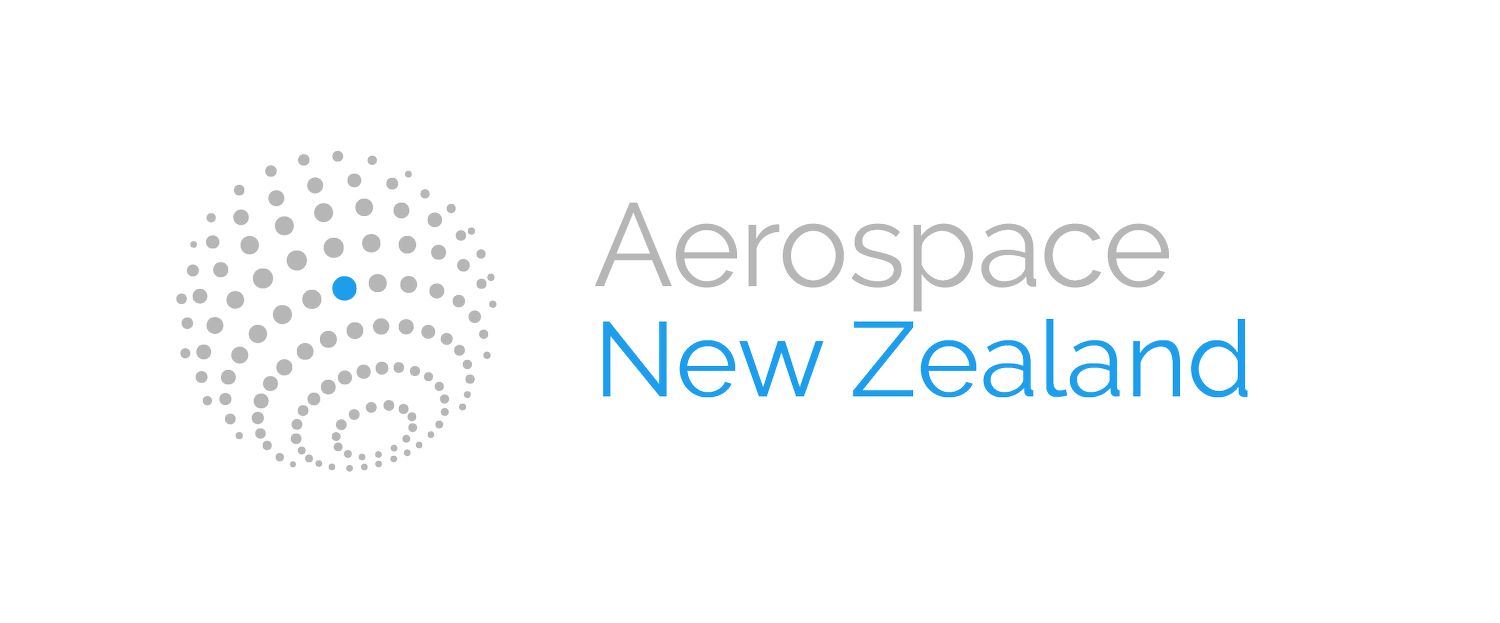Meet Aotearoa’s Researchers Pioneering Spacecraft Thrust
Aerospace New Zealand had the pleasure of visiting Victoria University at Wellington’s Paihau—Robinson Research Institute this past December.
This was a unique opportunity to have a peek at the latest ground-breaking discoveries in Space Propulsion. Taking us on this exciting tour were Senior Principal Engineer Betina Pavri and Chief Engineer for Space Randy Pollock. Researchers at Robinson are acknowledged as world leaders in the application of high temperature superconducting magnets to fields such as aerospace, quantum computing, and medicine. Superconductors are materials that conduct electricity with no resistance… though, the “high temperatures” for these superconductors are approximately -200°C! Currently, Robinson’s researchers are pioneering ways to improve the efficiency of spacecraft thrusters with these advanced magnets. Using high temperature superconducting materials to create powerful magnetic fields requires far less power and mass than traditional magnet designs, making them a good fit for space applications.
Victoria Harman, and Rushil Gentejohann from Aerospace New Zealand with Chief Engineer Space, Randy Pollock and Senior Principal Engineer Betina Pavri
To validate the new technology, the Robinson team plans to demonstrate that the magnet and power supply – the most novel parts of the system - can be successfully operated in space. They are designing an experiment for the International Space Station and have named this demonstration mission Hēki, the Māori word for “egg”, to symbolise its potential for growth (and eventual flight).
Each team member at Robinson brings years of expertise to the Hēki mission: Principal investigator Nick Long brings his skills in both research and management to the team, and is also Director of Paihau-Robinson. Nick Strickland leads development of the ground-breaking high temperature superconducting magnet, while Ben Mallett is designing its novel power supply. Jamal Olatunji leads the team’s thermal and magnetic modelling efforts for the space experiment, and Max Goddard-Winchester has taken on the challenge of the mechanical design, including creation of the magnet coils themselves. All of these just some examples of the experience and effort going into the Hēki mission.
C.A.R.P.E A.S.T.R.A - One of the Vacuum Chambers used in researching spacecraft thrust
Randy and Betina both previously worked at NASA’s Jet Propulsion Laboratory and joined the staff at Robinson in 2022 to bring their expertise in space flight development to the team. While Robinson is the centre of Hēki mission planning, collaborators from IDS Consulting, Asteria Engineering, University of Auckland, and University of Canterbury are also vital to making the mission a success.
As we were shown around the modern laboratory, two large vacuum chambers demonstrate the team’s commitment to both good science and a sense of fun. The largest chamber is called ‘G.E.R.A.L.D.I.N.E,’ standing for ‘Gigantic and Extremely Radical Atmosphere Lacking Device for Interesting and Novel Experimentation’. To the side, a slightly smaller Vacuum Chamber called ‘C.A.R.P.E – A.S.T.R.A,’ sits, which stands for ‘Cuboidal and Relatively Petite Entity for Allowing Space Technology’s Rapid Advancement.’
It's evident that researchers at Paihau-Robinson Research Institute are making significant progress advancing high temperature superconducting applications, while maintaining high spirits and standards while revolutionizing propulsion in space.



